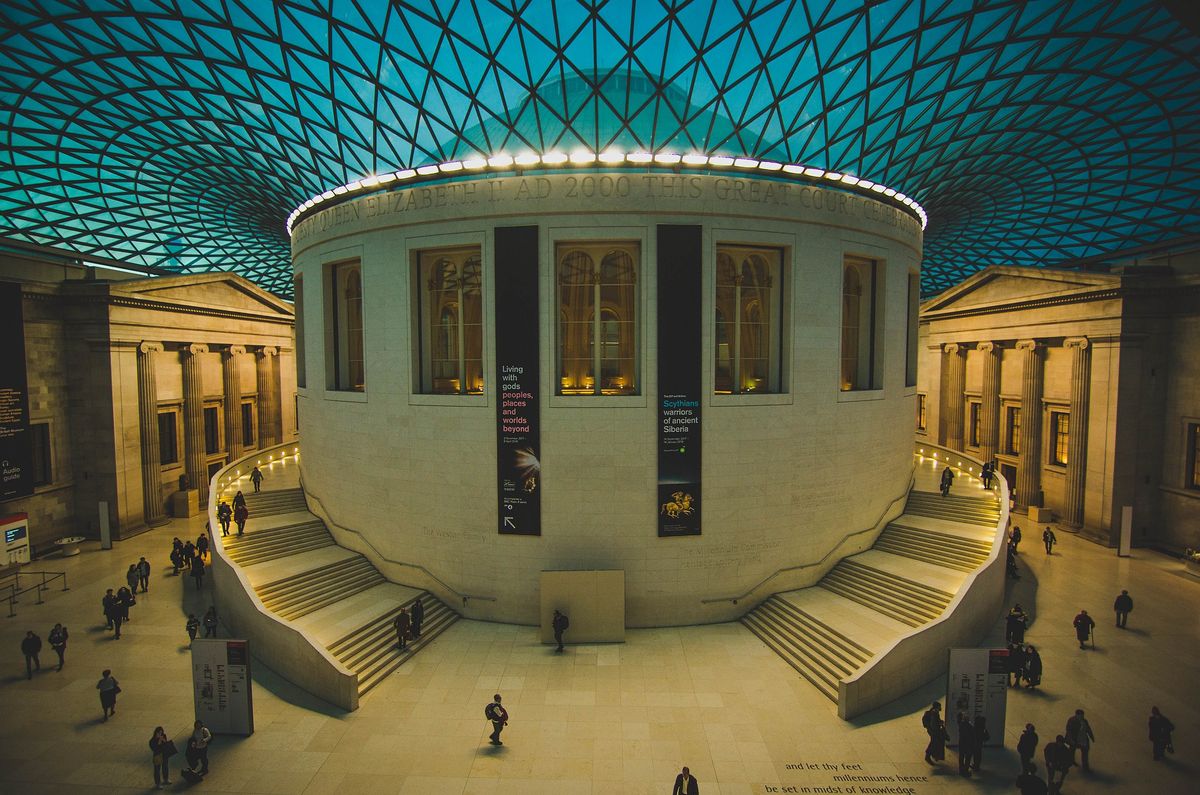Gasps greeted last month’s announcement that the British Museum (BM) needs £1bn to refurbish itself. The museum’s new Great Court in 2000 cost £100m and its Sainsbury extension £125m. There is no site for more buildings. Subsidy to England’s museums hovers round £300m annually, with just £75m for capital spending. The age of austerity initiated by George Osborne as chancellor slashed this spending by a third since 2010. Now the same Osborne wants £1bn spent on just one institution—of which he happens to be chairman. His previous extravagance, of £100bn for his HS2 railway, has left the rest of the British rail network denuded of cash. Is the BM to be the HS2 of the museum sector?
The BM is independently run and is entitled to raise whatever funds it can. But we can hear England’s regional museums howling in unison. From whose pockets, public or philanthropic, is this money to come? The museum still cannot bring itself to charge for entry, unlike its rivals the Louvre and the Metropolitan Museum. It demands the taxpayer subsidise its six million visitors, 3.8 million from overseas.
There is no reason to doubt that the building has outdated services and leaking roofs. But the Palace of Westminster’s entire roofs have just been restored for £80m. That palace’s consultants have just been thwarted in their demand for billions more, on the suspicion that they just thought of a number and added nought. These giant projects so easily run out of control.
An additional problem is timing. Michael Gove, the Secretary of State for Levelling Up, has gone public with a demand that cultural resources be directed away from London to the north. A billion for the BM, whatever the source, will make such “levelling-up” look like empty rhetoric. A desperate Stoke-on-Trent has just announced it must close its pottery museum for five months of the year to save £500,000. This looks like another case of the ‘Matthew effect’, that in matters of public finance “to them that hath shall it be given” and from those that have not, anything can be taken.
Constant monotone
All that said—and it should be said—there is no denying that the BM badly needs a make-over, above ground as well as apparently below. For all the new insertions, the old lady still has the air of a Victorian grandee brooding in her Bloomsbury mansion. Room after room is lined with cases filled with assorted stuff, magnificent but a constant monotone. There is none of the context or experience in-the-round of the Victoria and Albert Museum’s period rooms. The Great Court, which was originally to display grand sculptures, has descended into the clutter of an airport departure lounge. Thousands of drawings get barely one chamber for public view.
The museum’s director, Hartwig Fischer, is determined to push forward his Rosetta Project, to update the museum’s presentation and give it some political spin. He wants a less “Eurocentric” display, though “decolonising” what must be Europe’s greatest imperial storehouse will be a Herculean task. Meanwhile, his new “LGBTQ histories trail” has a note of woke desperation to it.
Fischer’s project is certainly welcome if it leads the BM out of its ideologically entrenched past. The time really has come to open minds—and eyes—towards the technology of facsimile and reconstruction, and to be less obsessed with ownership and “authenticity”. At the very least, the clamour is rising for a deal with Greece on the Parthenon marbles and for African museums to be allotted some of the 900 Benin bronzes in store.
A great museum of the future should see itself as a national, even international, hub for disseminating the treasures of human history rather than burying them underground and unseen. Such burial surely qualifies as a last scandal of empire. The treasures could be dispersed to the regions, indeed playing a leading role in levelling-up. The same should apply to the thousands of paintings shut away in the basements of other London museums. They belong to the nation, not to a metropolitan curatorial club. If museum law is a problem, change the law.
This is Osborne’s—and Fischer’s—real opportunity, to drag the BM into the 21st century as a true “museum without walls”. They could transform its image from that of an introverted hoard to a fountainhead of global culture, a true philanthropy in the widest sense of the word. In both ideology and presentation the BM is painfully out of date. If a billion it is to be, make it a billion for the nation.
• Simon Jenkins is an author and newspaper columnist


